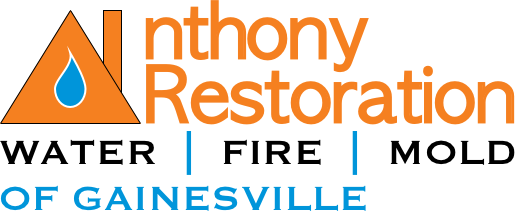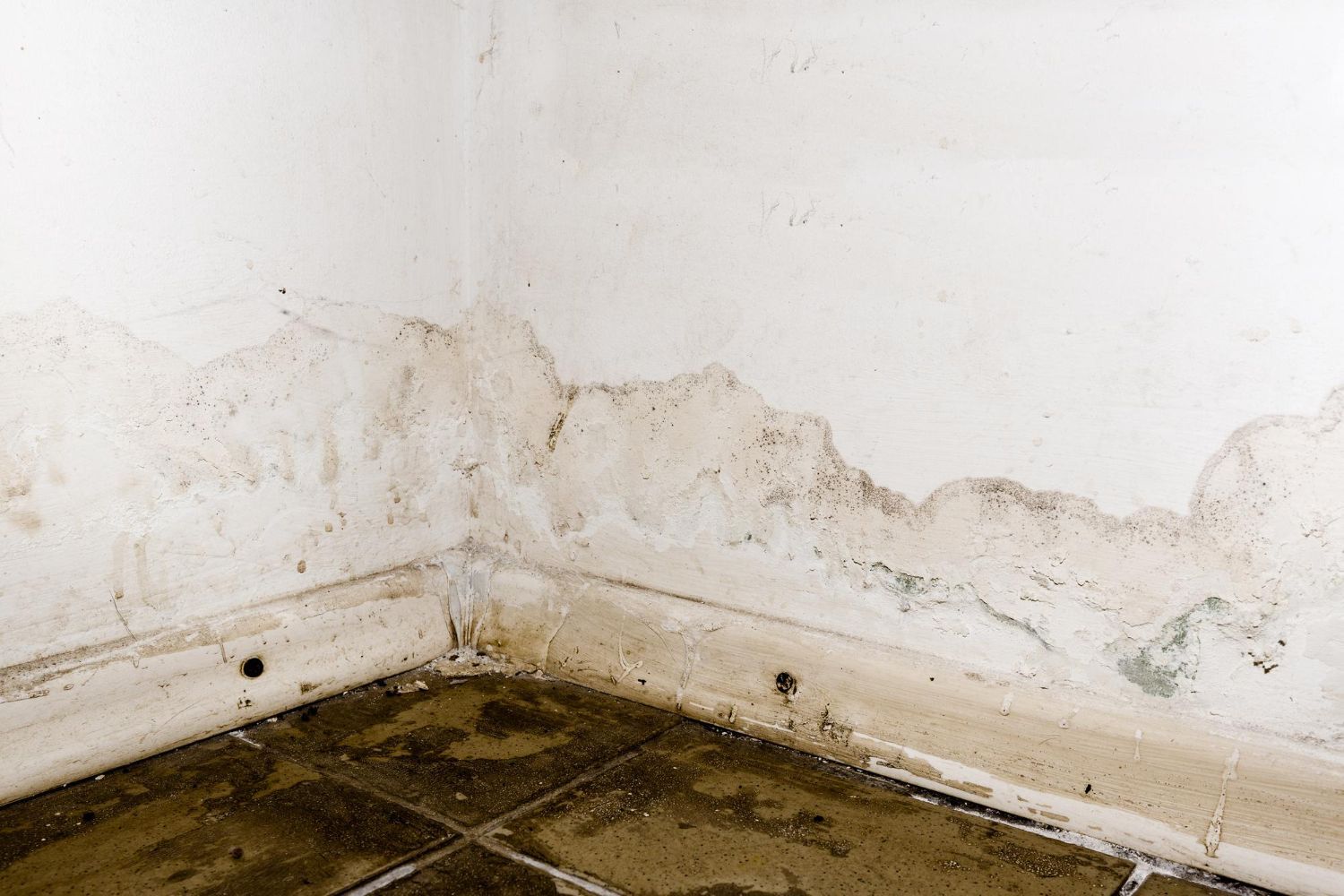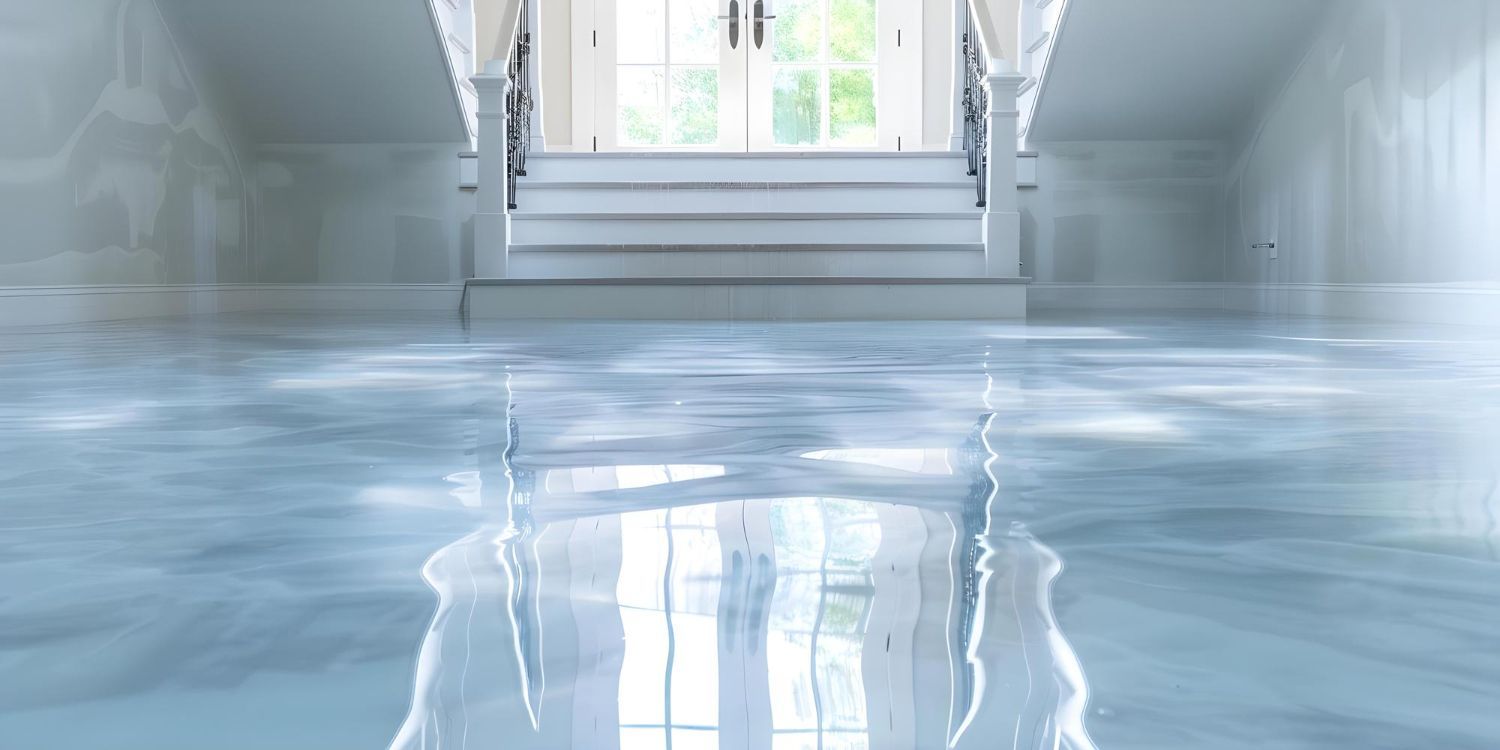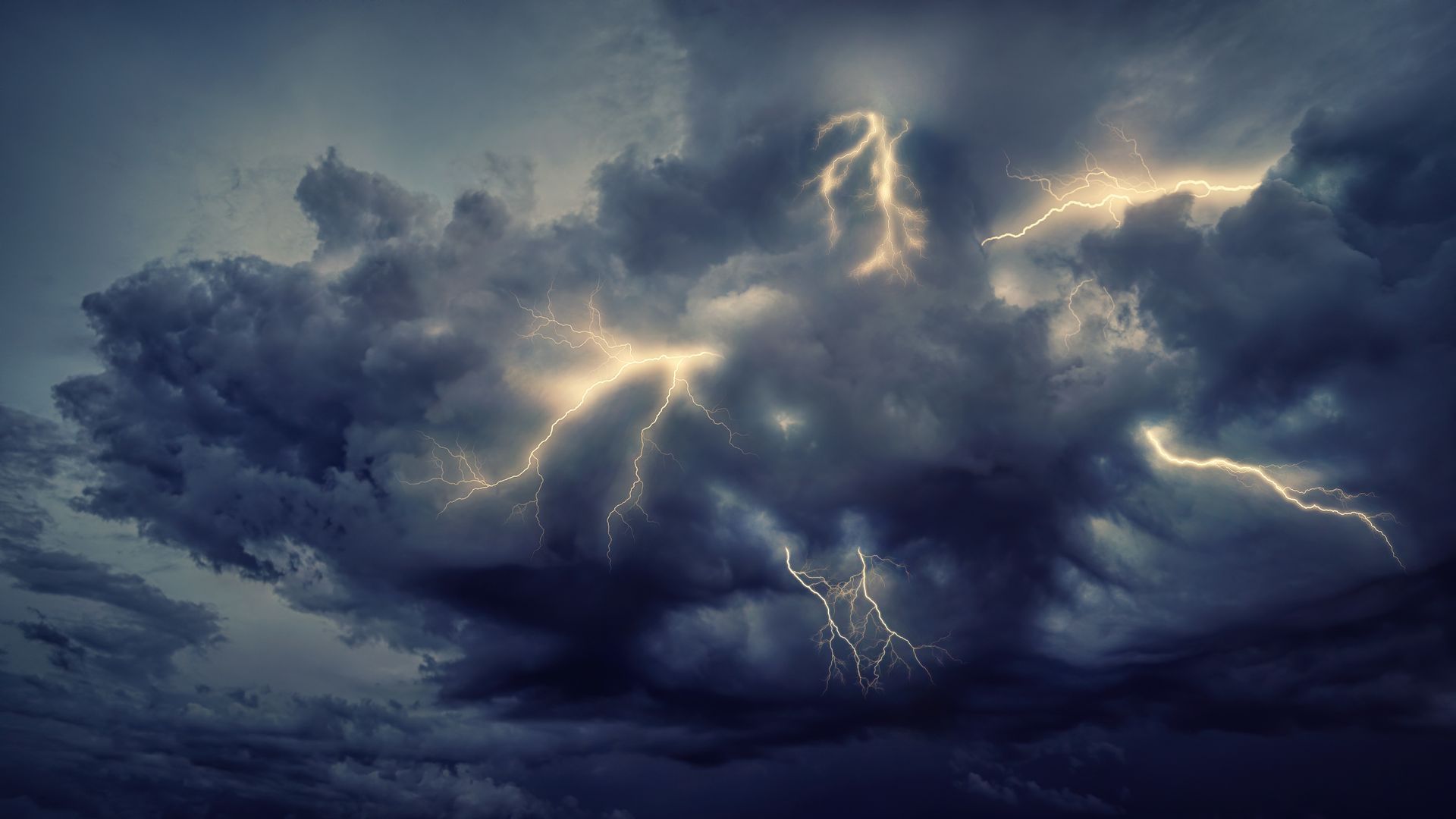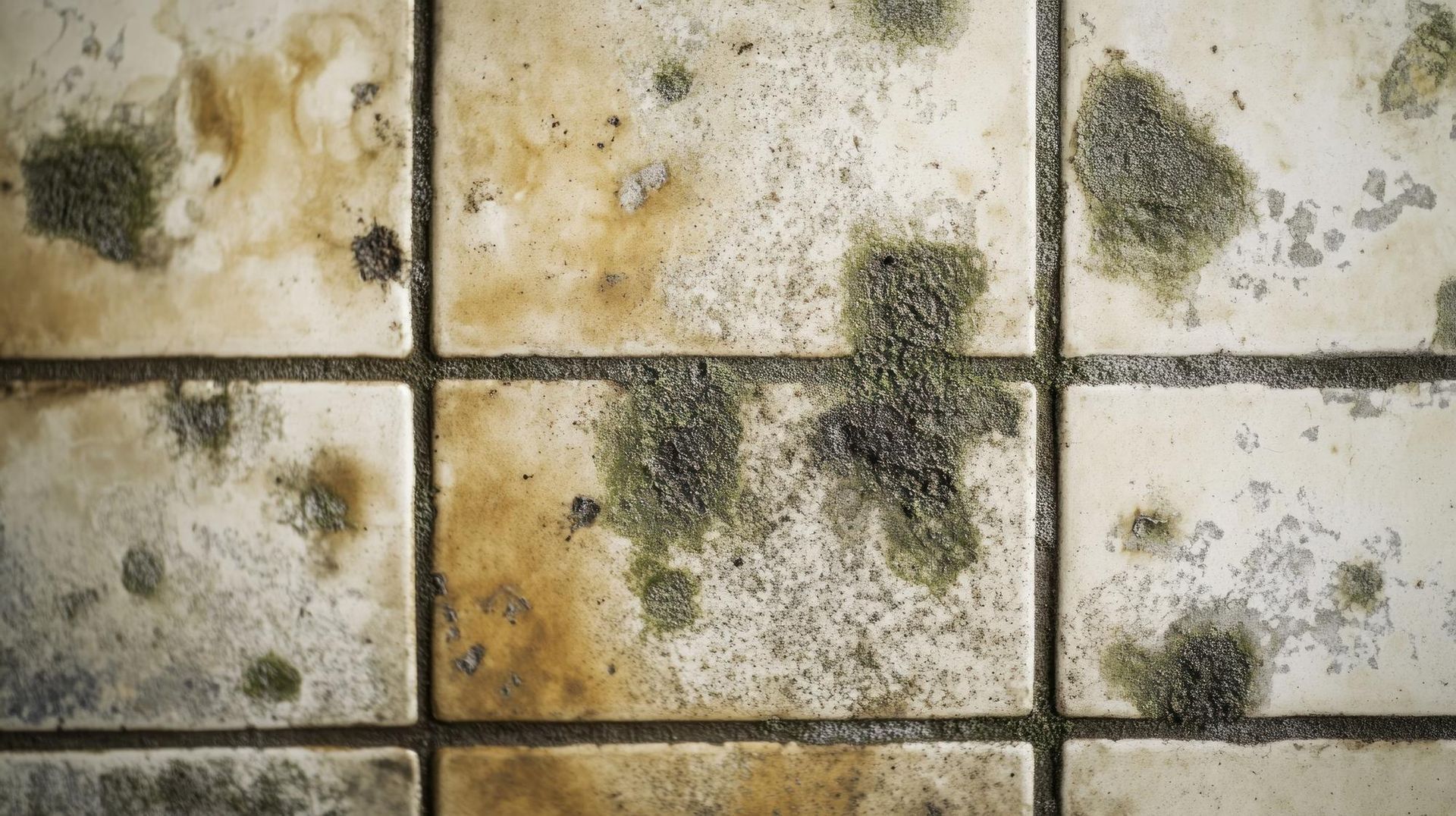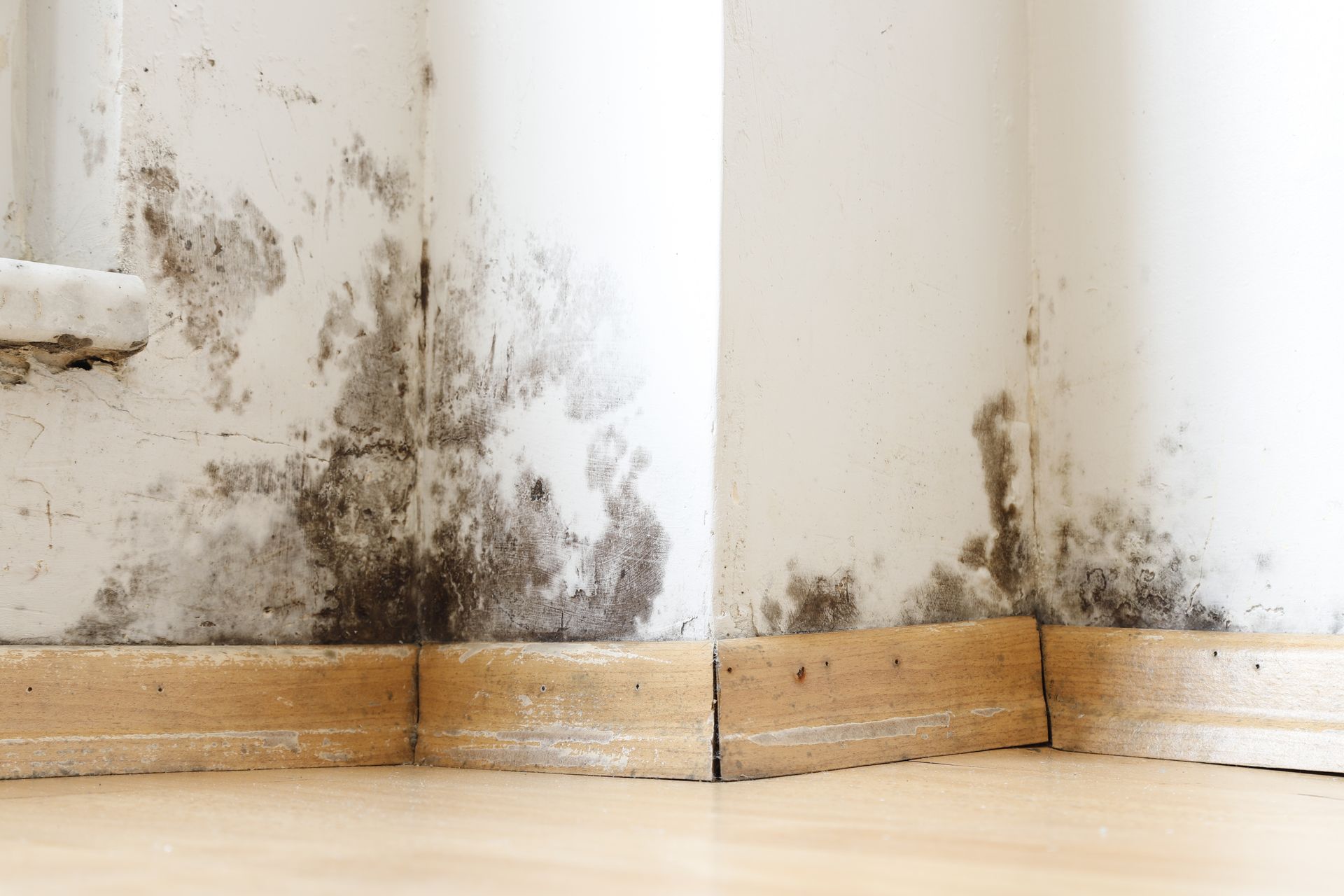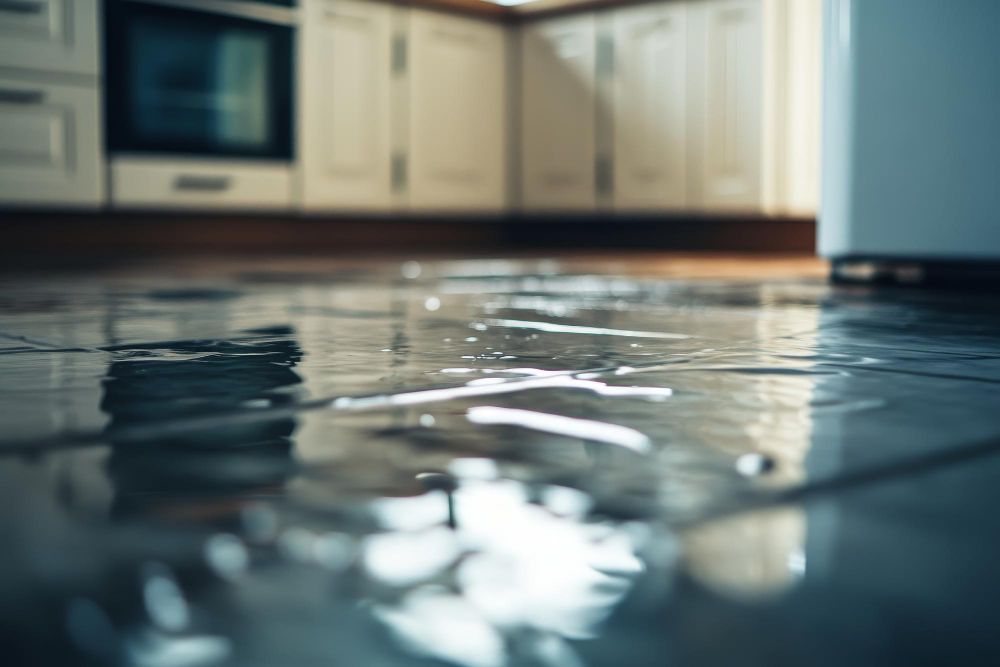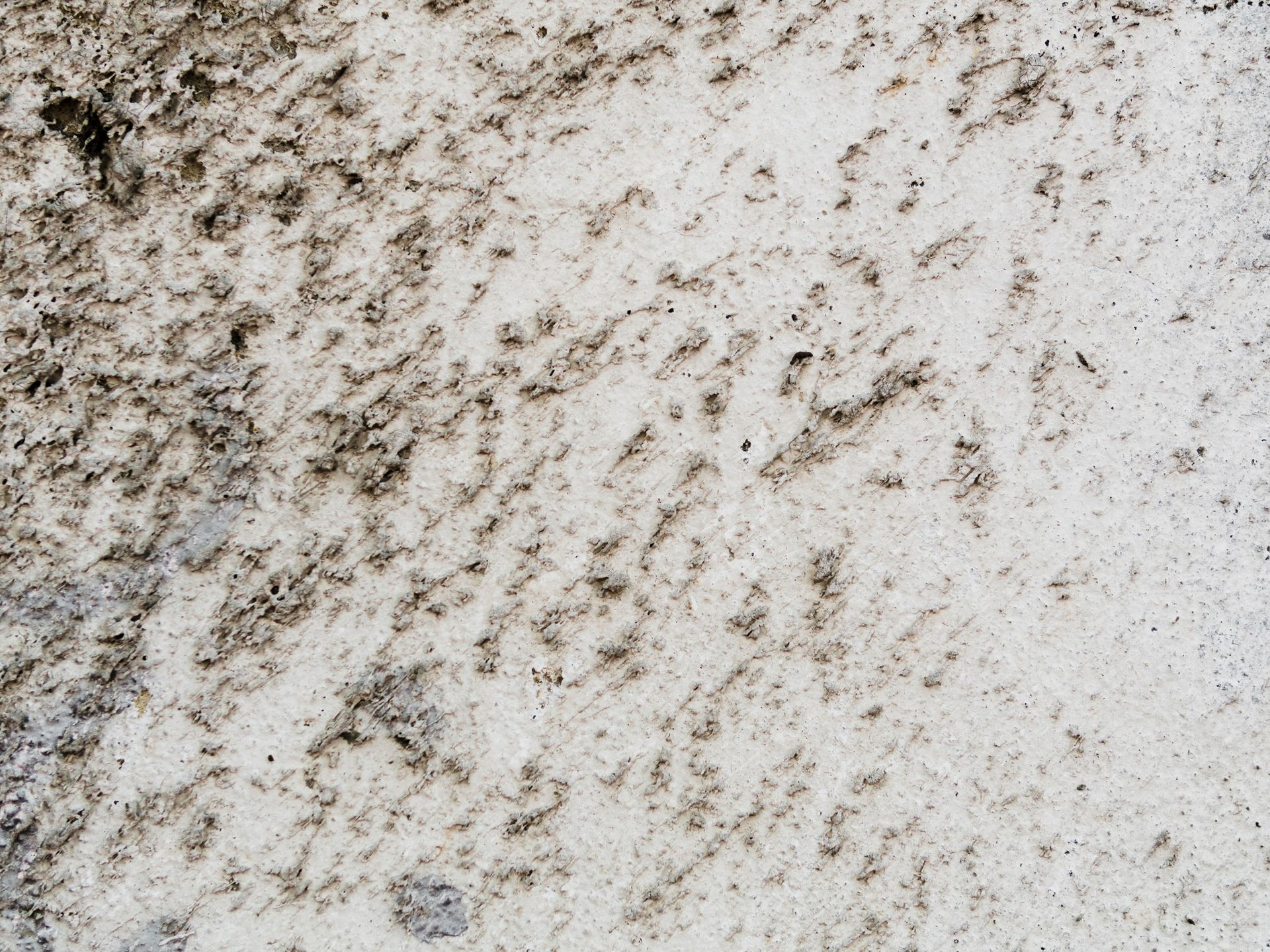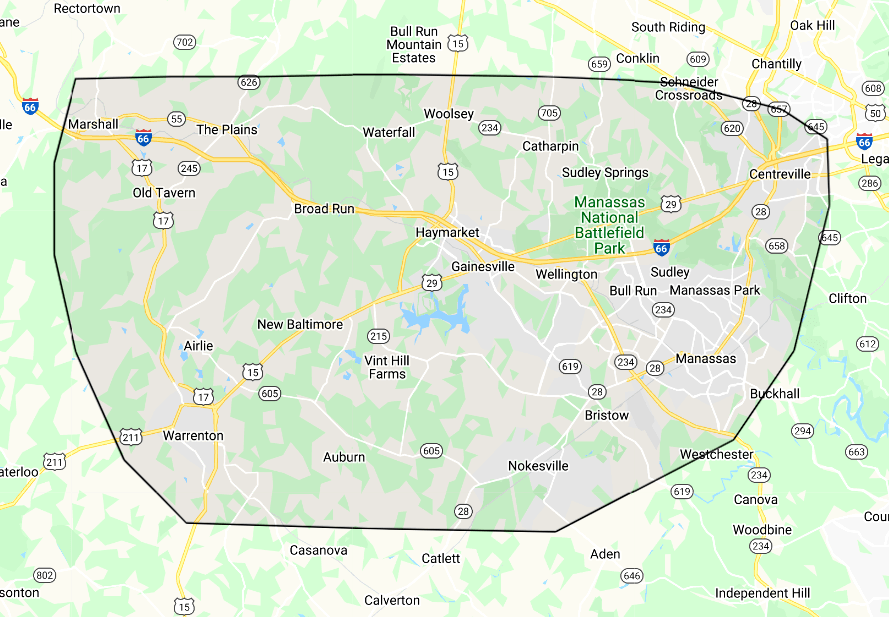A Comprehensive Guide to Water Damage Restoration
Navigating the Waters: A Comprehensive Guide to Water Damage Restoration
-Gainesville, VA
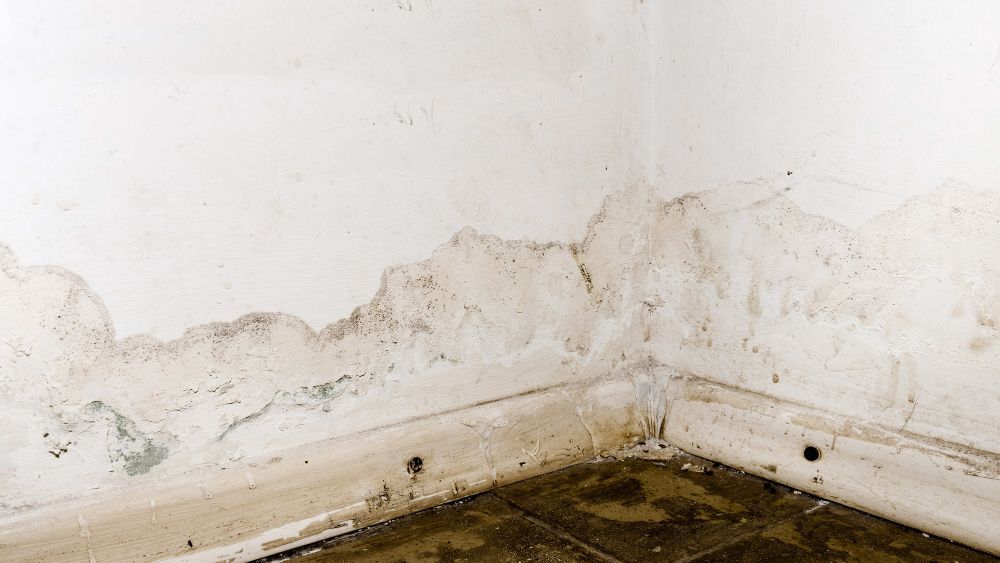
Water damage wreaks havoc on homes, leaving behind a trail of destruction that can seem insurmountable. Yet, amidst the chaos, there exists a beacon of hope: the intricate process of water damage restoration. It's not just about mopping up puddles and patching leaks; it's a meticulous journey of assessment, extraction, drying, and reconstruction. Let's embark on a detailed exploration of this transformative process.
Assessment and Evaluation:
The journey begins with a thorough assessment and evaluation of the damage. Trained professionals meticulously inspect the affected areas, determining the extent of the water intrusion and categorizing it based on the water source's contamination level. This crucial step lays the groundwork for a tailored restoration plan, ensuring no detail is overlooked.
Water Extraction:
Once the assessment is complete, the focus shifts to water extraction. Powerful pumps and vacuums are employed to swiftly remove standing water from the premises. Every drop extracted is a step closer to preventing further damage and halting the proliferation of mold and mildew.
Drying and Dehumidification:
With the bulk of the water removed, the emphasis turns to drying and dehumidification. Industrial-grade air movers and dehumidifiers are strategically placed to eliminate moisture from surfaces and the air. This critical phase prevents secondary damage and creates an inhospitable environment for mold growth.
Cleaning and Sanitization:
Water damage brings with it a host of contaminants, ranging from bacteria to mold spores. Thorough cleaning and sanitization are essential to restore a safe and healthy living environment. Specialized cleaning agents and techniques are employed to disinfect surfaces, ensuring that no harmful residues linger behind.
Structural Repair and Reconstruction:
Once the environment is sanitized, the focus shifts to structural repair and reconstruction. Damaged materials are meticulously replaced or repaired, restoring structural integrity and aesthetic appeal. Skilled craftsmen work tirelessly to bring the affected areas back to their former glory, paying attention to even the smallest details.
Mold Remediation:
Mold is a common consequence of water damage, posing significant health risks if left unchecked. Mold remediation specialists employ advanced techniques to detect, contain, and remove mold infestations safely and effectively. This proactive approach ensures a clean and healthy living space for occupants.
Final Inspection and Restoration:
As the restoration nears completion, a final inspection is conducted to ensure that every aspect meets the highest standards of quality and safety. This meticulous review ensures that no detail is overlooked, guaranteeing a seamless transition from chaos to comfort for homeowners.
In conclusion, water damage restoration is a comprehensive process that requires skill, expertise, and attention to detail. From the initial assessment to the final touches, every step is executed with precision to restore homes to their pre-loss condition. So, if you find yourself facing the aftermath of water damage, take solace in knowing that restoration is not just about fixing what's broken; it's about reclaiming peace of mind and restoring your home to its former glory. Give Anthony Restoration of Gainesville a call for all your water damage restorations services.
